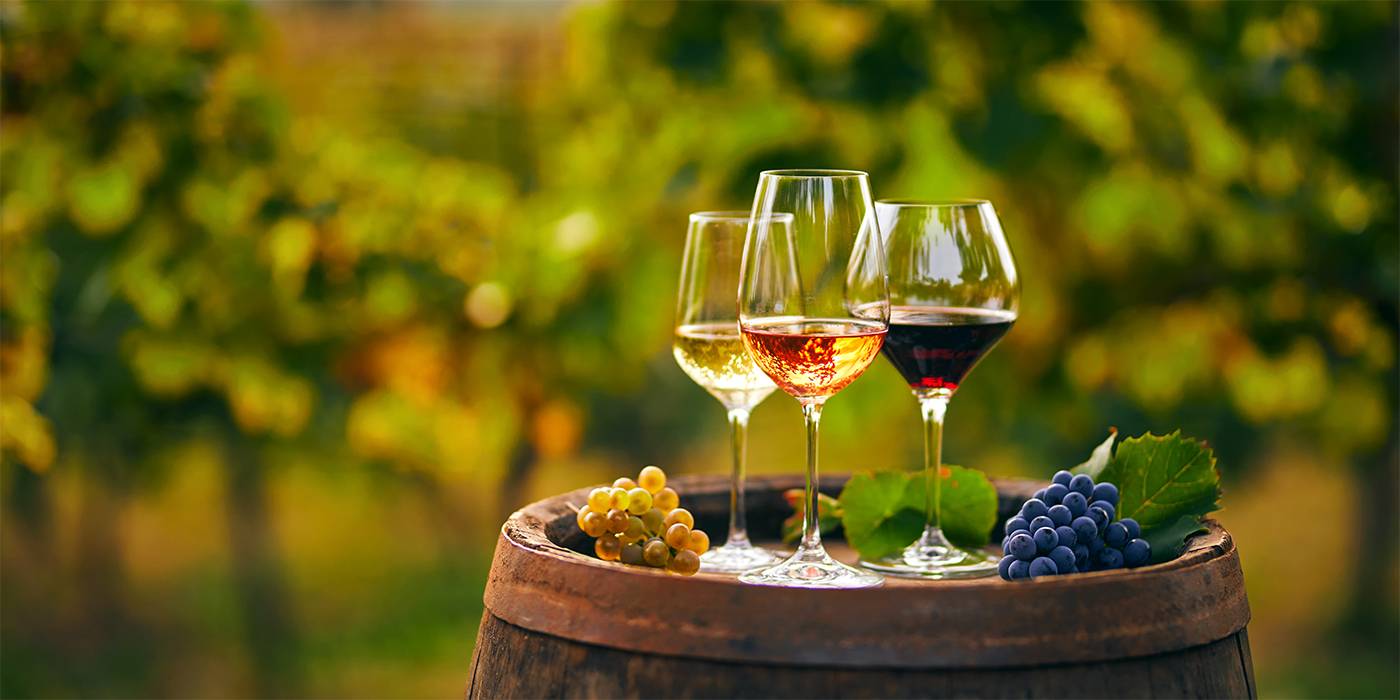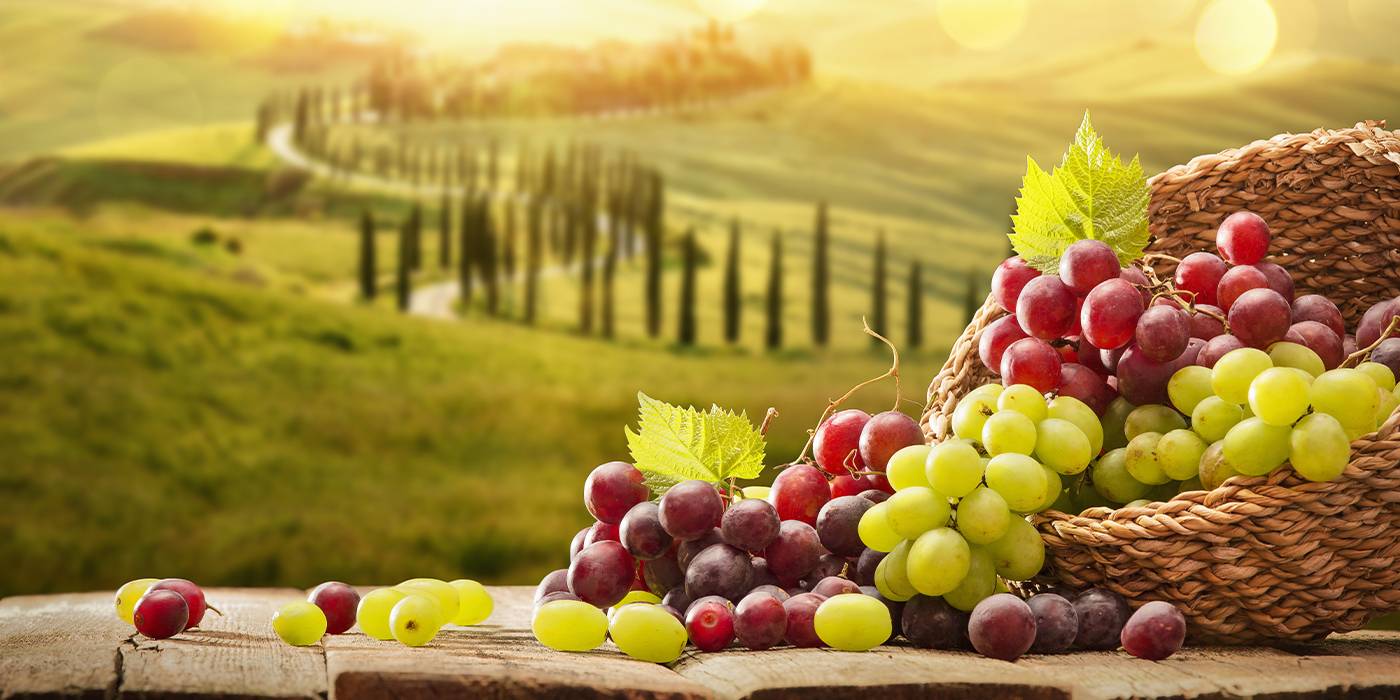Pomace: what is it?
The grape skin is largely behind the quality of a wine, since it contains all the aromas and tannins that affect the flavor.

Eva Pizarro
Sommelier at Fierro restaurant and trainer at Tandem Gastronómico.
In recent times, thanks to Orange Wines, pomace has once again been brought into the limelight. But do we know what it is and how it affects wine?
Pomace basically consists of the skins of the grapes after fermentation or after pressing. We know how important it is in wine-making, but let's go step by step:
Grape skins give wine its colour, tannin, bouquet and polyphenol levels, among others, which are extremely important in wine.

In white wine, grapes are pressed to obtain the must (grape juice) and are only in contact with it for a short period of time, before they are removed and fermentation begins.
In some cases, maceration of the must with the skins is extended with the aim of producing more full-bodied, aromatic wines.
In some more extreme cases, the skins may not be removed until after fermentation has ended, as is the case of red wines: The result of this is the aforementioned orange wines. To simplify matters greatly, we could say that these wines are white wines that are made using red winemaking techniques.
At the other end of the scale, we can find white wines made from red grapes. But how is this possible? This is done by immediately separating out the skins so that the wine does not acquire the red colour. As we already know, grape juice is almost always white, regardless of the colour of the grapes. Some Champagnes are good examples of this, which are usually made using both types of grapes leading to a sparkling white wine. If only red grapes are used to make white wine, the wine is given the name Blanc de Noirs.
When making rosé wine, the grapes are pressed and macerated with the pomace for a certain length of time, which varies depending on the colour and structure of the wine that we wish to obtain. This means that some very pale rosé wines are produced, with the colour of onion skin, or much darker, almost violet coloured wines.
After maceration, the pomace is removed and the fermentation process continues as in the case of white wine.

In the case of red wine the tannin produced during long periods of maceration is fundamental to confer the nuances of these wines. For example, the thickness of the grape skin varies depending on the grape variety, and this is something that is taken into account in the winemaking process. Very thick grape skins, such as Cabernet Sauvignon grapes, confer high tannin levels and structure to the wine, meaning they are ideal for long ageing processes.
After the winemaking process is completed, the pomace is used to make spirits such as Orujo in Spain, Bagaço in Portugal or Grappa in Italy, all of which are commonly known as pomace brandy.
As the popular Spanish saying goes: grapes are like pigs, we can use everything, and we can find some very singular uses of pomace such as making cosmetics (owing to the high concentration of polyphenol and antioxidants), fertiliser for crops or fuel for power stations.
What do you think about?
Share comments, opinions and tricks with the Community







